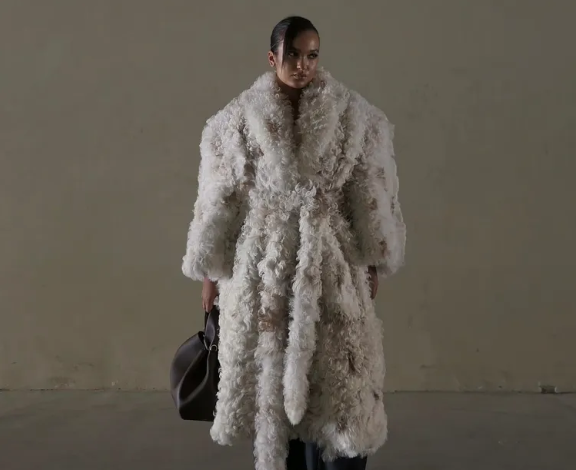Don't forget to pack this with the rest of the school supplies.
While it is important to get prepared to go back to school with supplies and outfits or uniforms, it is just as important for everyone to review the kind of behavior that is appropriate or inappropriate between teachers, students, and staff to ensure the safety of everyone involved.
Douglass Ross, Vice President of Keenan, a leading provider of innovative insurance and financial solutions for schools, public agencies, and healthcare organizations makes this task easy by outlining what is and is not OK in schools.
Read this guide below.
Back to School Means Back to the Basics of Keeping Kids Safe
By Douglas Ross, CPCU, ARM / Vice President, Keenan
Back to school rituals are in full swing across the country. Parents are shopping for last-minute school supplies, kids and teachers are settling into their new classrooms, and everyone is getting back to a routine.In all of the excitement surrounding back to school and the promise of a new school year, it’s easy to forget about the basics of keeping kids safe while they are there. However, the shocking truth is that an estimated one out of ten K-12 students will experience some sort of sexual misconduct by a school employee during their lifetime. Unfortunately, abuse in our schools is an issue that simply cannot be ignored.
To help prevent abuse in our schools, it’s important for everyone to be informed about what is appropriate and not appropriate behavior among teachers, staff and students. With that in mind, here are a few back to school reminders for teachers and staff (that parents and kids should also be aware of) when it comes to keeping kids safe at school:
It’s OK to: give a “high-five” to a student to acknowledge a job well done.
It’s NOT OK to: have intimate physical contact with a student. Avoid frontal hugging, kissing, tickling, stroking of the hair, or giving a pat on the bottom.
It’s OK to: help or counsel students who are having academic or behavioral issues.
It’s NOT OK to: conduct ongoing, private conversations with students in locations that are inaccessible to others.
It’s OK to: educate and empower students.
It’s NOT OK to: socialize with students, treat them as “friends,” text or call a student individually, or connect with them on social media platforms.
It’s OK to: teach students respect for healthy boundaries, and help them to establish healthy peer relationships.
It’s NOT OK to: blur the personal and professional lines of a teacher’s relationship with a student. No sleepovers, babysitting or weekend get togethers.
It’s OK to: use verbal commands in the classroom and other disciplinary methods.
It’s NOT OK to: use physical force to enforce discipline, including touching or grabbing students to get their attention.
Obviously, the best way to keep kids safe at school is to prevent any misconduct from happening in the first place, but it is sometimes hard to know who the offenders are on campus. That is why maintaining appropriate staff-student boundaries are critical. Every school should have a code of conduct for their campus, make sure everyone understands it, and discipline those who violate it.
Furthermore, all school personnel identified as Mandated Reporters are legally required to undergo training within six weeks of the start of employment and/or the school year. This training is vital to ensuring the safety of our kids since the initial grooming aspects of this crime are easy to identify if you know what to look for. Reporting suspected abuse is the law. School staff can be fined, lose their teaching credential, and/or go to jail for failure to comply.
When the proper training and procedures are not in place or not being followed, the repercussions for both students and schools can be devastating.
Image Courtesy: KCOMM







Comments are off this post!